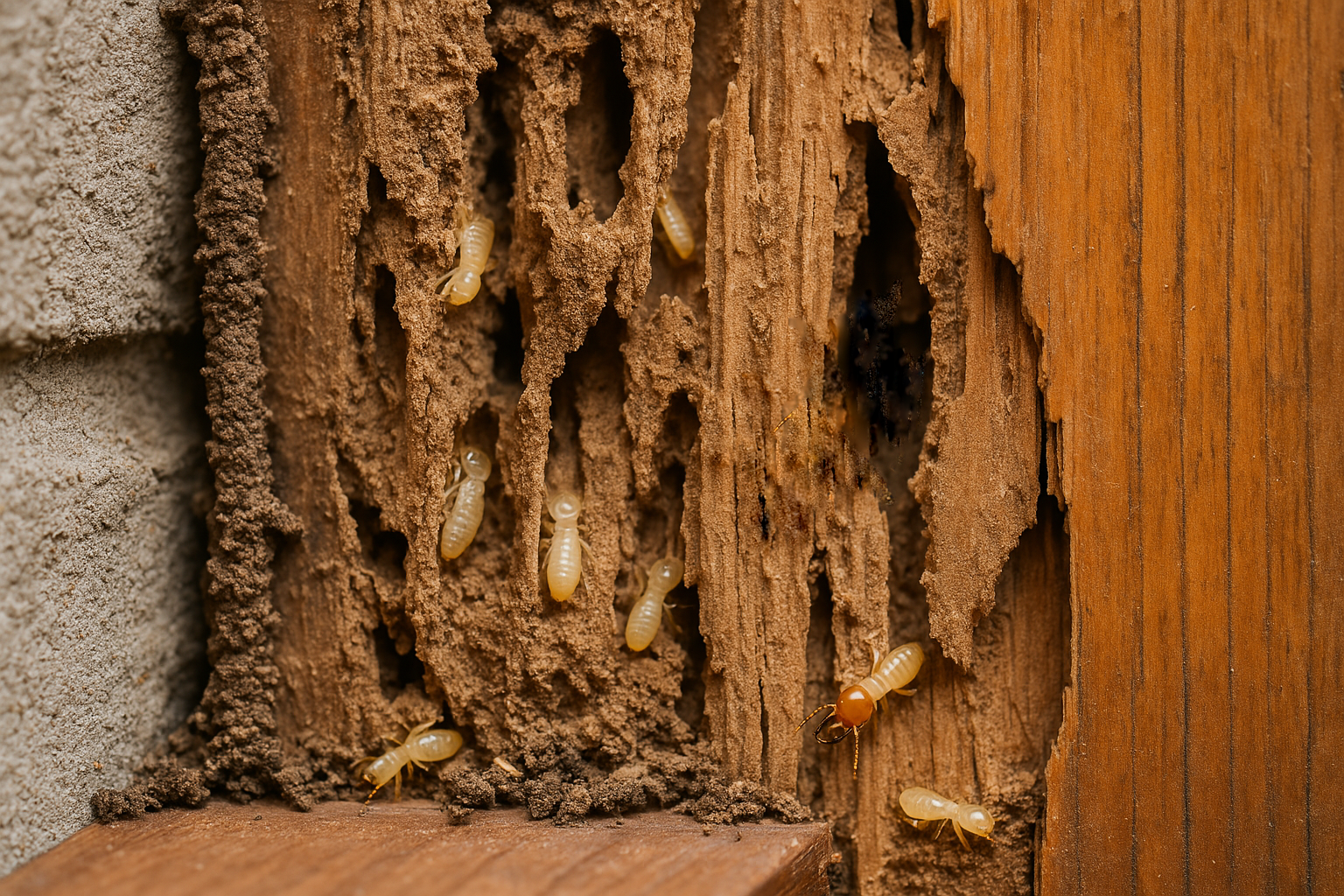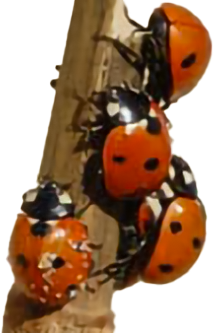Ticks are known to transmit various diseases, such as Lyme disease, Rocky Mountain spotted fever, or tick-borne encephalitis, which can have serious health implications. Proper removal of a tick involves taking precautions to minimize the risk of infection or leaving any parts of the tick behind. Here’s a step-by-step guide referencing the CDC’s Guidelines (https://www.cdc.gov/ticks/removing_a_tick.html) on how to safely remove a tick:

- Prepare the necessary tools: You will need a pair of fine-tipped tweezers, rubbing alcohol, antiseptic wipes, and a small container for the tick.
- Grasp the tick: Take the tweezers and grasp the tick as close to its mouthparts (the part embedded in the skin) as possible. Be careful not to squeeze the tick’s body.
- Slowly pull the tick out: Apply gentle, steady pressure while pulling upward. Do not jerk or twist the tick, as it could cause the mouthparts to break off and remain in the skin. Be patient and persistent, as it may take a bit of time for the tick to release its grip.
- Clean the area: Use rubbing alcohol or soap and water to clean the area around the tick bite.
- Never crush a tick with your fingers: Dispose of a live tick by:
- Putting it in alcohol,
- Placing it in a sealed bag/container,
- Wrapping it tightly in tape, or
- Flushing it down the toilet.
- Wash your hands and the tools: Thoroughly wash your hands with soap and water after removing the tick. Clean the tweezers with rubbing alcohol or soapy water to ensure they are disinfected for future use.
- Monitor the bite site: Keep an eye on the bite area over the next few weeks for any signs of infection, such as redness, swelling, or a rash. If you notice any unusual symptoms, seek medical attention.
If you are unsure or uncomfortable removing the tick yourself, or if the tick has been attached for an extended period, it’s best to seek medical assistance.
If you are looking for tick, flea, or mosquito service, Adam’s has you covered! Learn more on our website!
Ticks: https://www.adamspestcontrol.com/pest/ticks/
Mosquitoes: https://www.adamspestcontrol.com/pest/mosquitoes/



